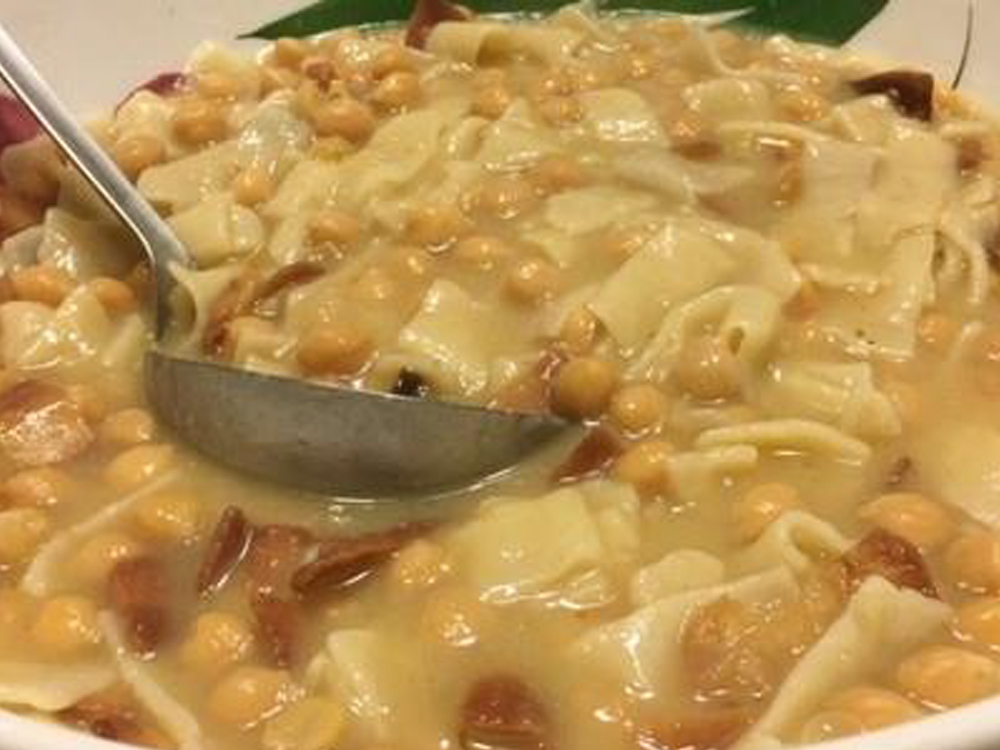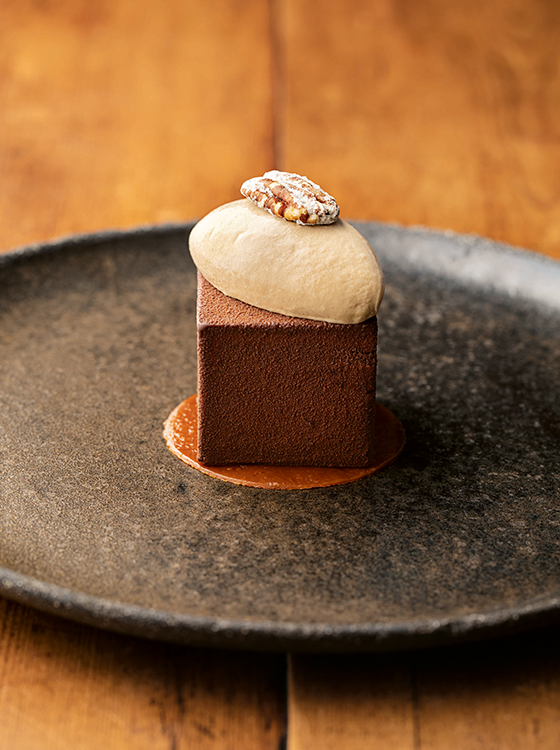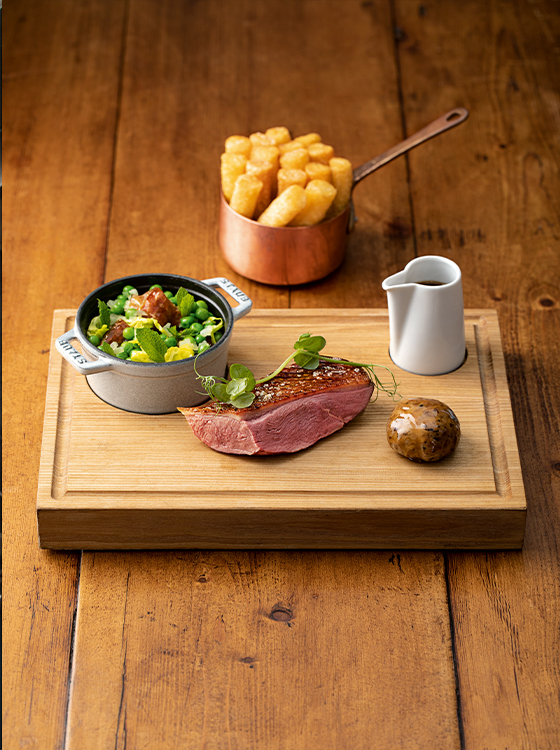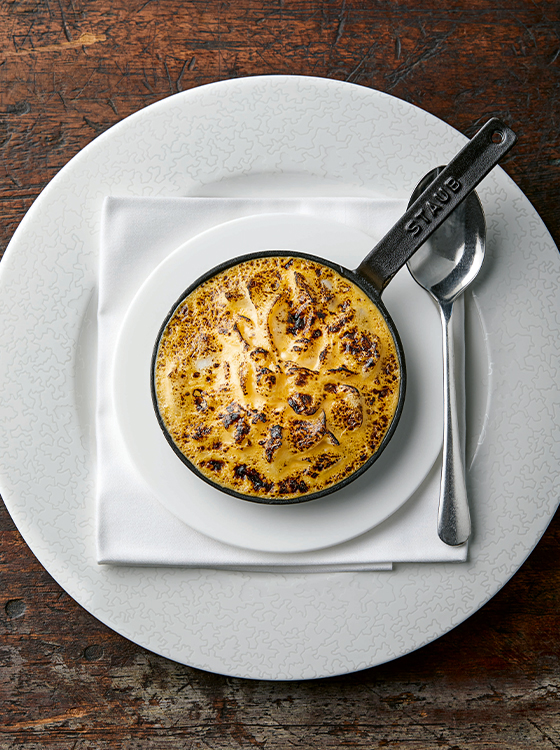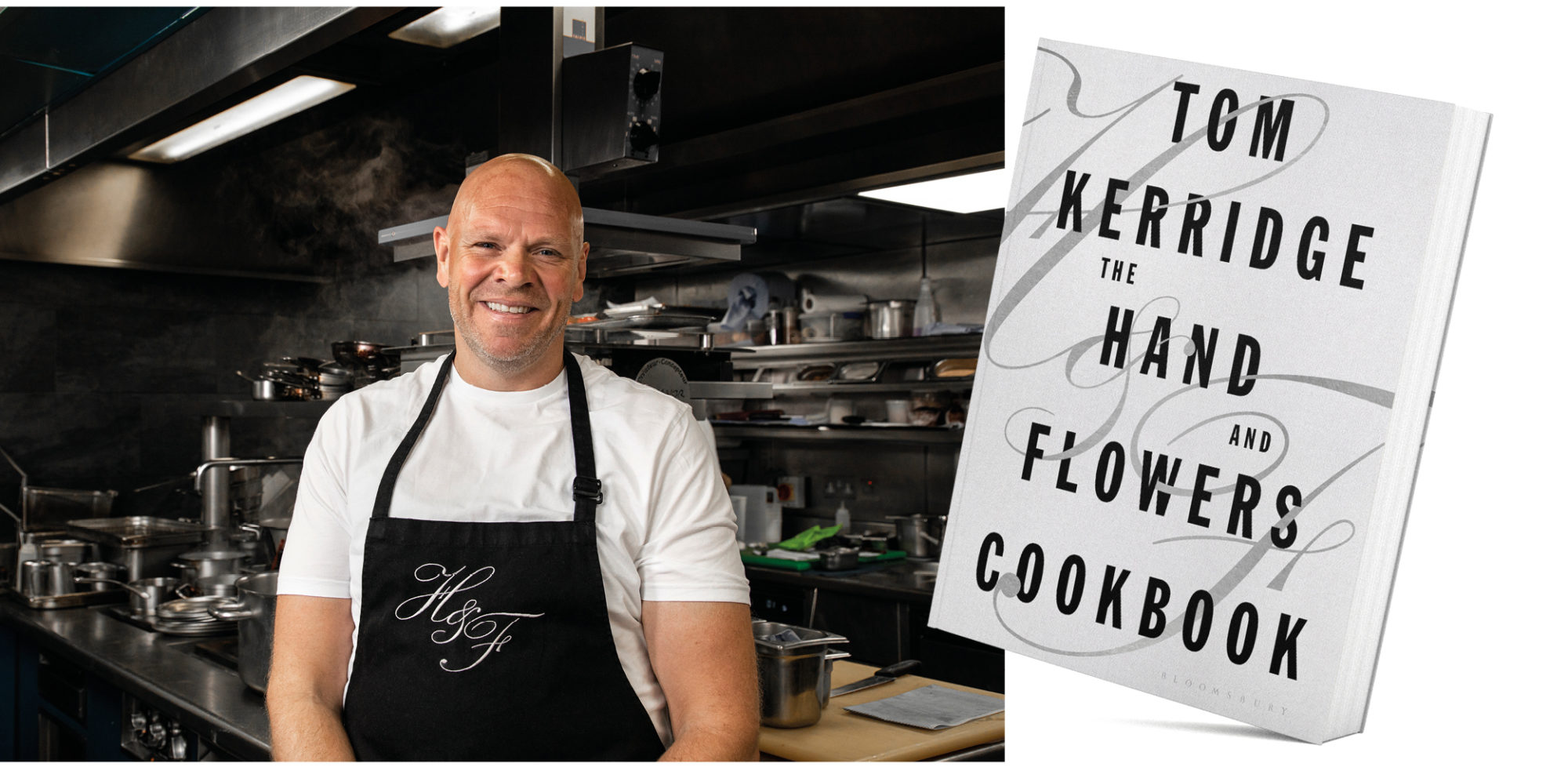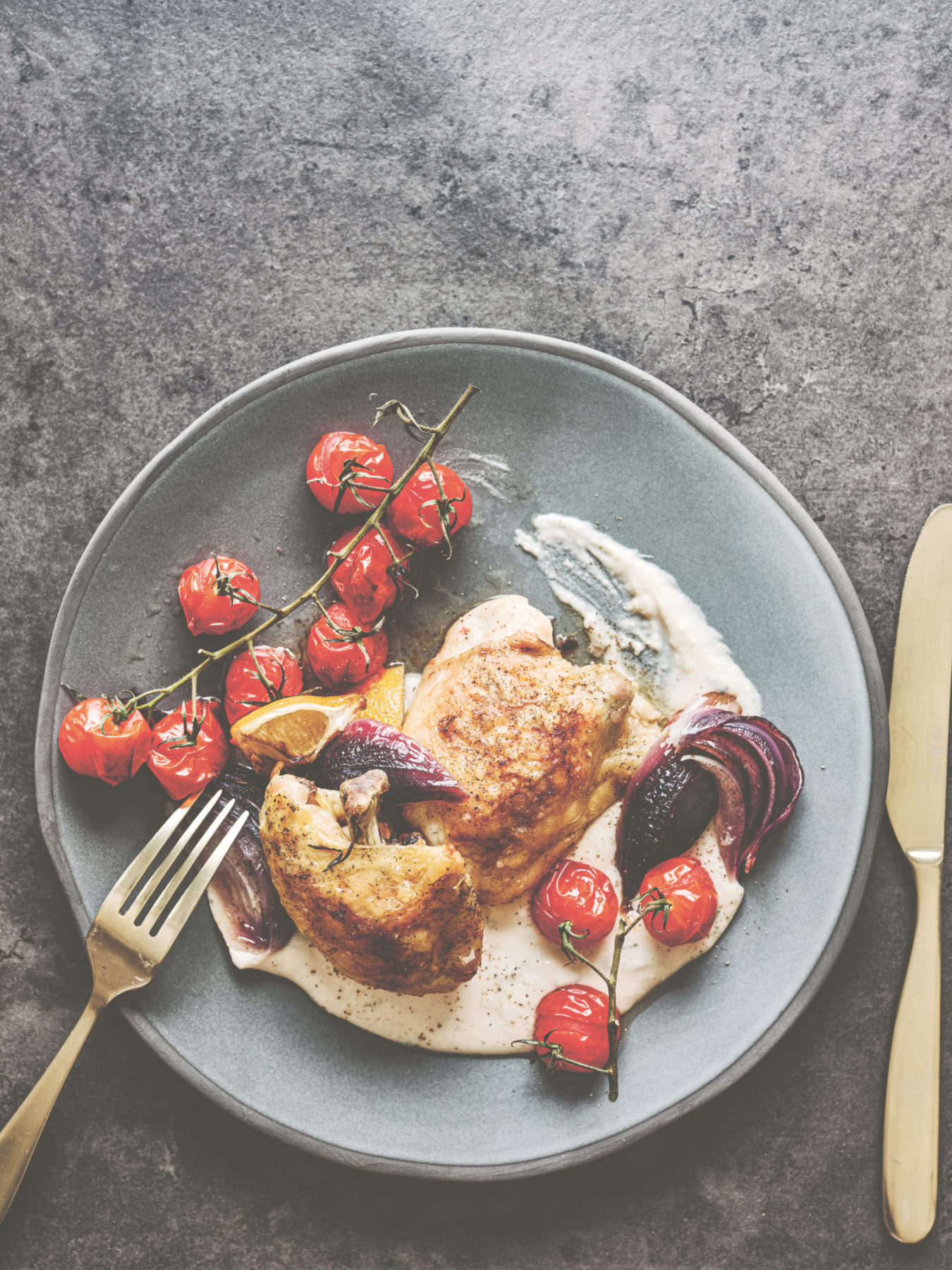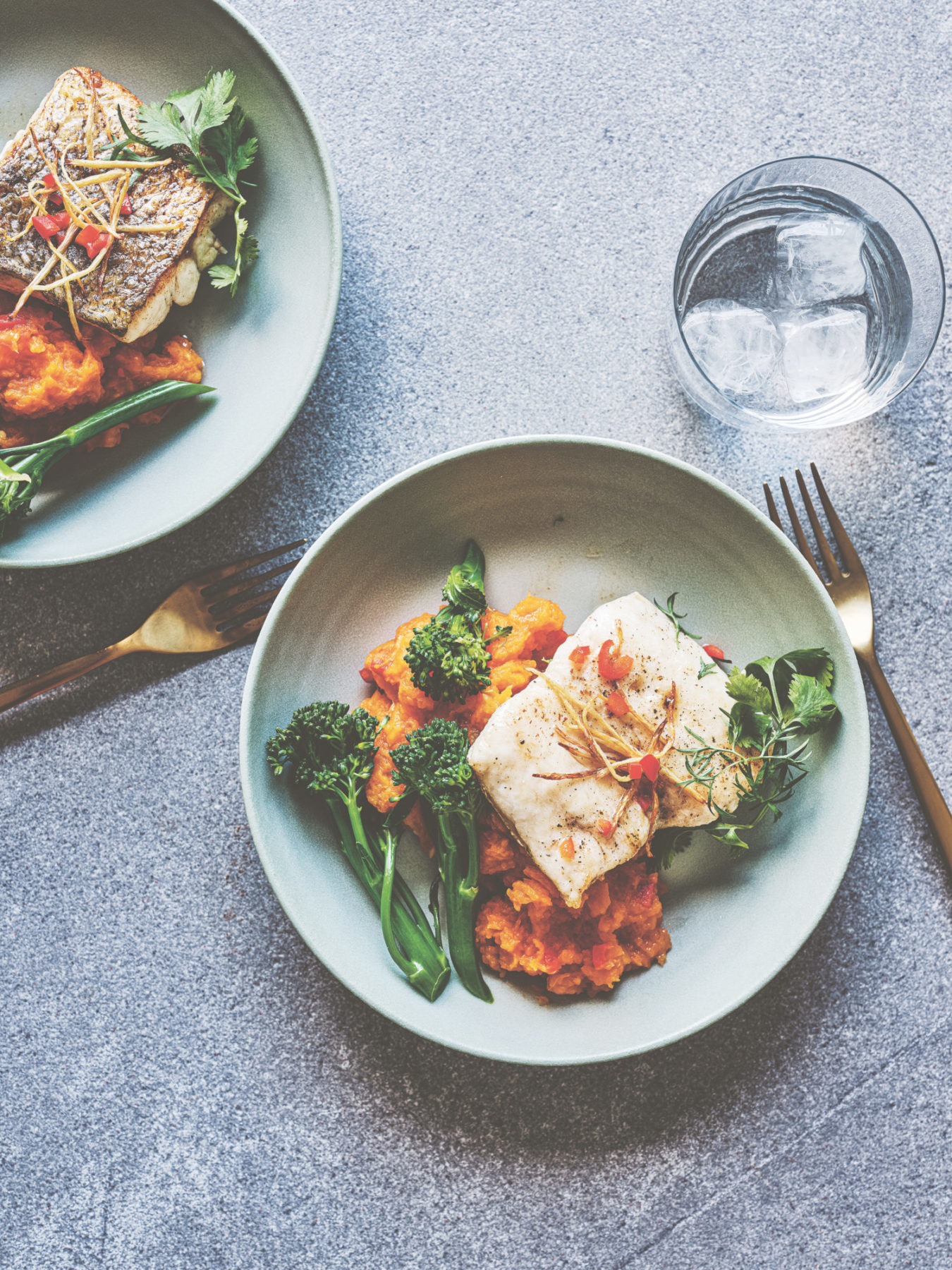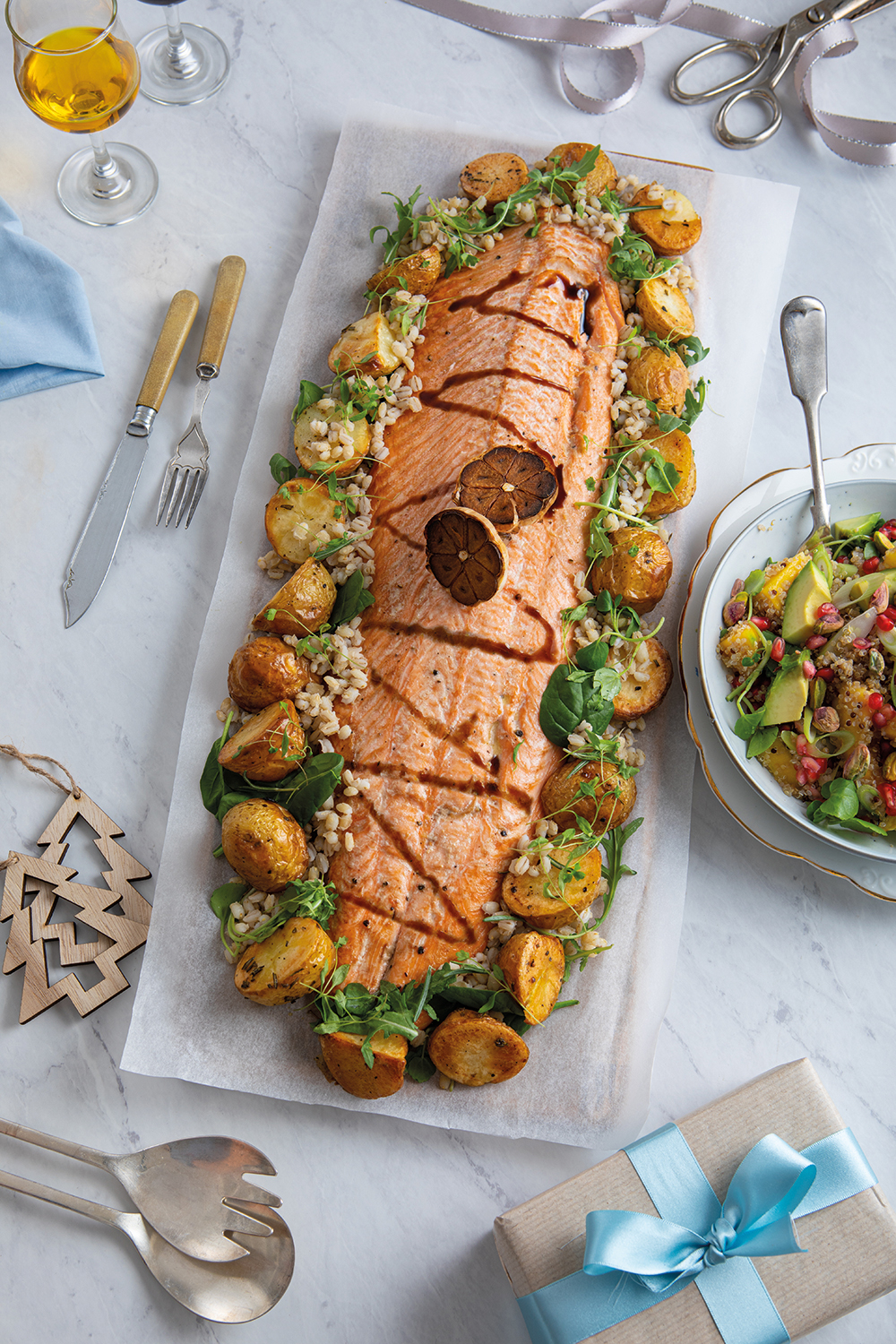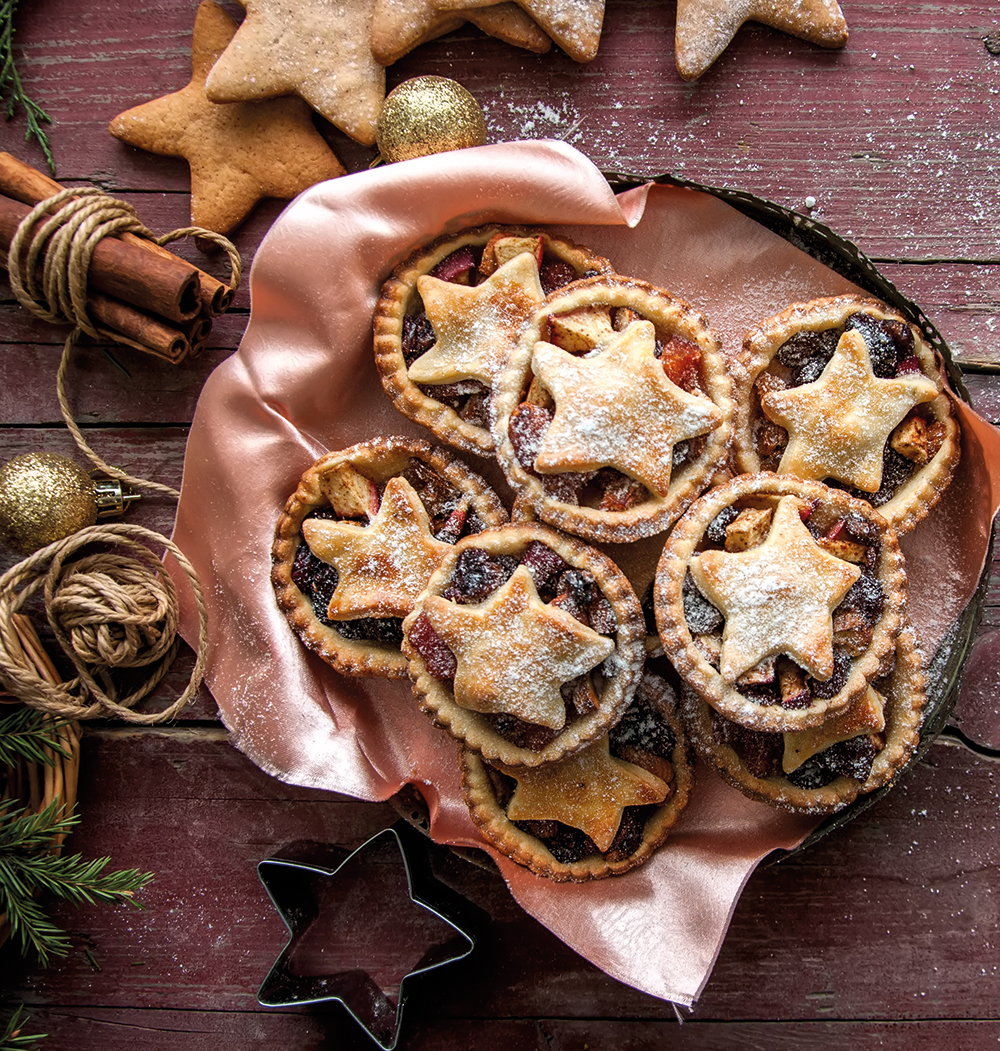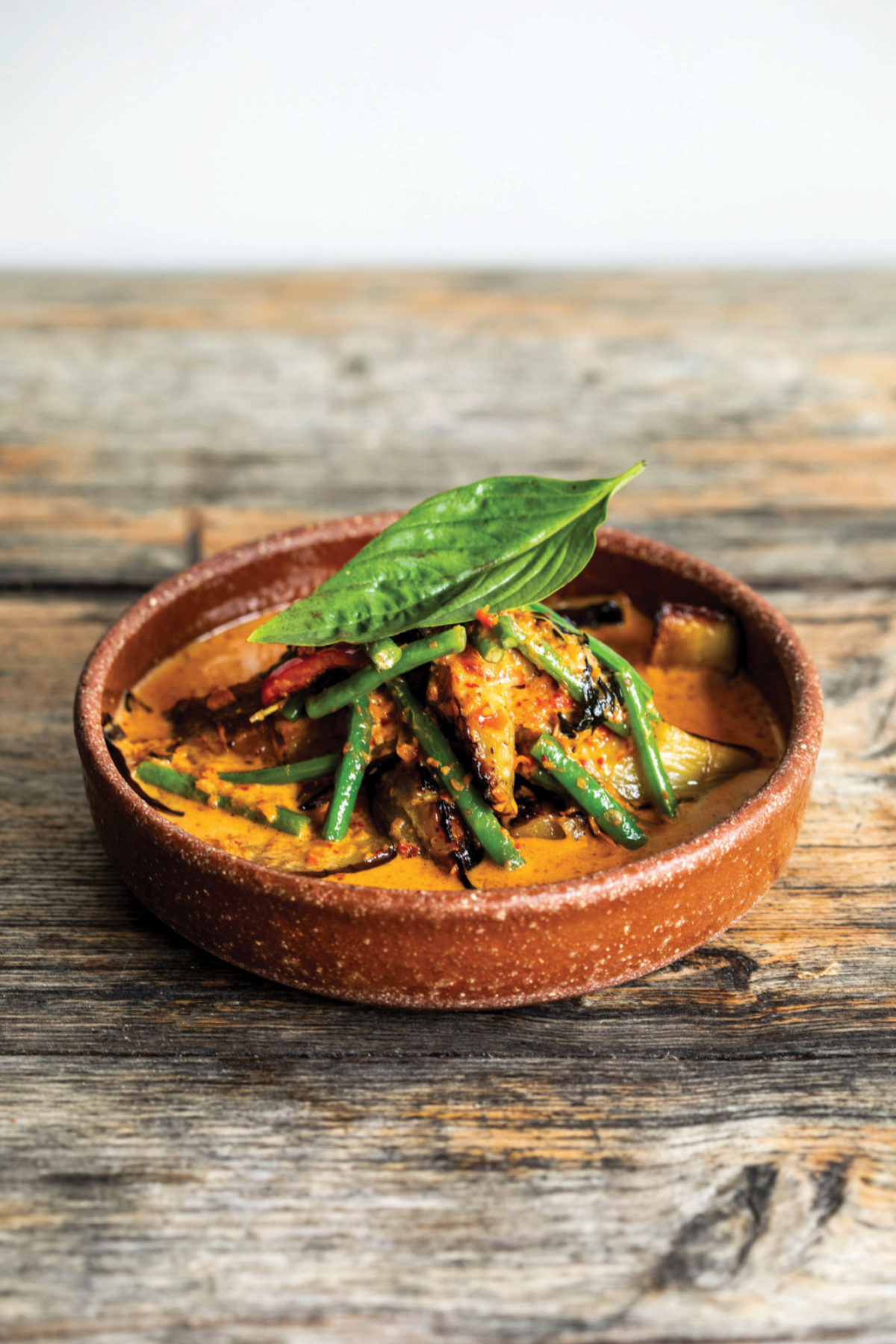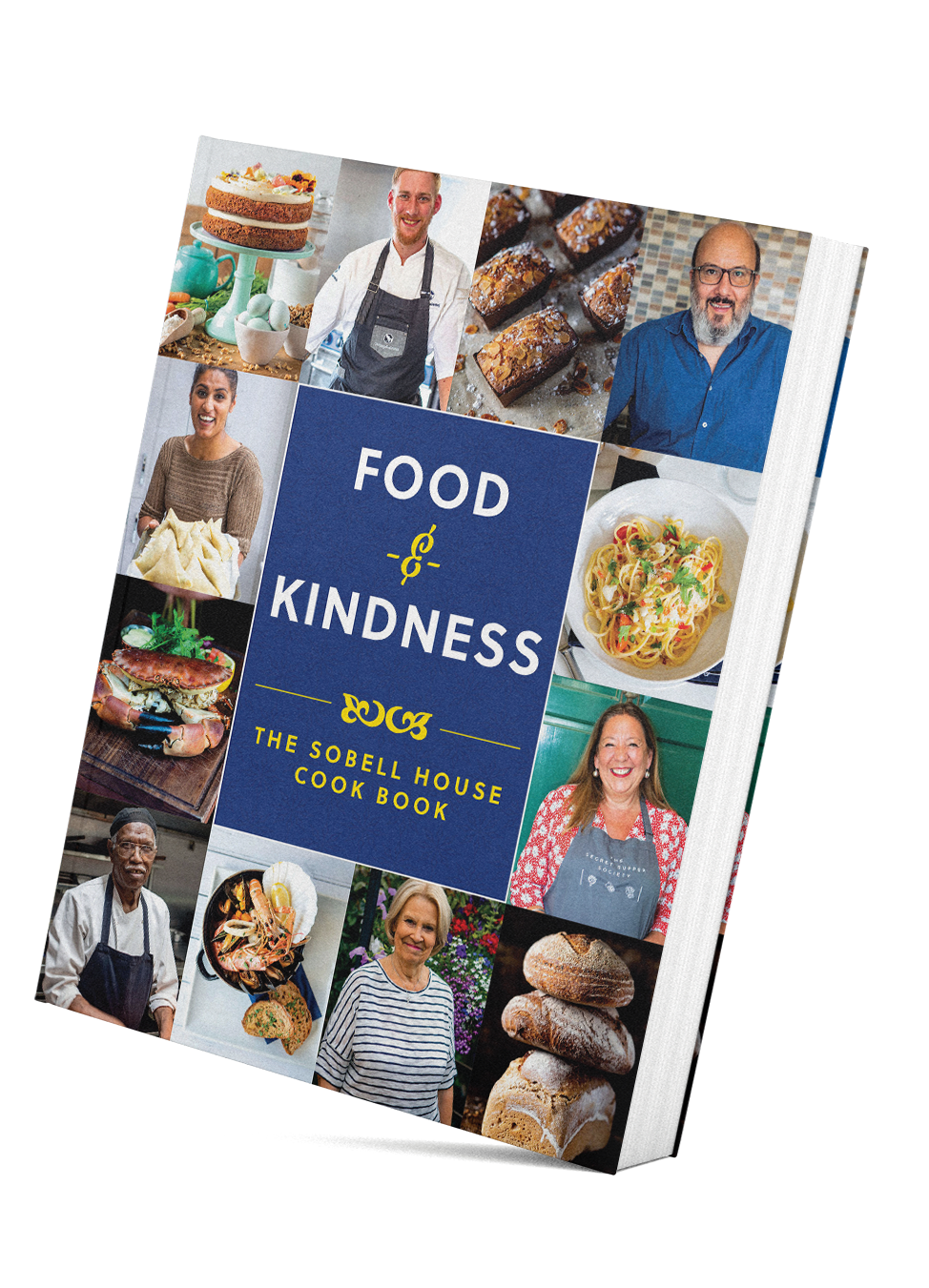How did you get involved in rowing in the first place and why, what was it that attracted you to it?
I started rowing at Staffordshire Uni – not a typical rowing uni – because a friend suggested it would be fun. I had no idea what that innocent moment would lead to. From there I found something that sparked my imagination, passion and vitality in life as a whole, and I found myself getting better grades, improving my outlook in life, everything seemed to get better when I took up the oar. It really does conform to the saying, ‘the more you put in the more you’ll get out’.
Were you sporty generally?
I was always last to be picked for school sports, football, running, etc. I used to play a bit of rugby in the second row, but I never scored a try or flourished. I challenge everyone who thinks themselves as unathletic, I believe they just haven’t found ‘their’ sport. It’s why giving young people a chance to try all forms of sport through school is key to their development as well-rounded individuals. Sport plays such a big part in life, everyone will be good at one sport, they just have to find it. This also applies to adults.
Lewis Hamilton said winning the seventh F1 world title was beyond his wildest dreams, but that he had ‘secretly dreamt as high as this’, when you got into rowing was that your ‘secret dream’ to get to the top, winning Olympic and World titles?
I started rowing because I enjoyed it, and I’m lucky enough to say that I finished rowing enjoying it. Winning was always and only a by product of the elements I held dearest – self-improvement; enjoyment and being with friends in a common goal, the sacrifice; achieving one’s potential in anything is directly proportional to the sacrifices made.
Do you miss that competitiveness now you’ve retired or are you someone who has to win at everything you do?
Winning has never been a driver for me, since I retired, I replaced my passion to achieve something (which only started when I found rowing) with two things: First, trying to be a good husband, to make up for the time my wife had to put me first despite the hardships in her life, and to my sons who saw a dad who was reduced to the knackered shell of a man each day as I returned from a training programme designed to keep the human body on the red line seven days a week. Secondly, to find a way to create something for the sport I love. Rowing needs new avenues and opportunities as the sport risks becoming obsolete. Now my focus is on Race the Thames – an event for London Youth Rowing. I’m very excited and can’t wait to see how it lands in March!
Tell us about Race the Thames 2021, how can people get involved?
The event is trying to be as open and inclusive as possible, primarily an indoor rowing event, but you can also contribute to the challenge on any indoor machine. There are two challenges for the teams of eight (male, female or mixed) to choose from; the Race the Tidal Thames, 72km completed in a week or a day, and the Race the River Thames, 342km completed in a week. The ‘field of play’ is an amazing online map that we’re going to bring to life in an exciting way. We’re looking for teams of rowers and non rowers alike: friends, families and colleagues, schools and places of work, across gyms, home machines, anywhere people can access a machine, and any time in the week of 19th to 26th March.
And it’s in aid of London Youth Rowing, what’s that all about and who does it help?
Teams choose their own charity to support, as well as LYR with proceeds split 50:50 – I’m really proud to be able to support many charities through this event. LYR supports young people from backgrounds and communities that would make it very difficult for them to find rowing. I had a comfortable up bringing and I discovered rowing through luck and my ‘privilege’, and it still had such an impact on me it’s hard to comprehend. So many young people who are trapped in the hardest walks of life won’t have that chance without LYR, and knowing the benefits it could have on those individuals, not necessarily to achieve Olympic success, but simply to improvements to life by just participating like I had at uni, is motivation enough for me to live through LYR.
The LYR website says one of the aims is to ‘help young people recover their physical and mental health in 2021’ – with the events of 2020 just how important is this for everyone and how can exercise play its part in this?
Sport is so important at many levels, lockdown has decreased sport across the board. Rebuilding that is essential to getting back on track to increase activity in young people and adults alike, but also to recover our sense of wellness and vitality in our communities. I hope Race the Thames is the motivation to our participants to keep our spirits up and the inspiration to those who LYR help to keep striving and pushing forward.
To find out more and get involved visit www.londonyouthrowing.com/event/racethethames2021











